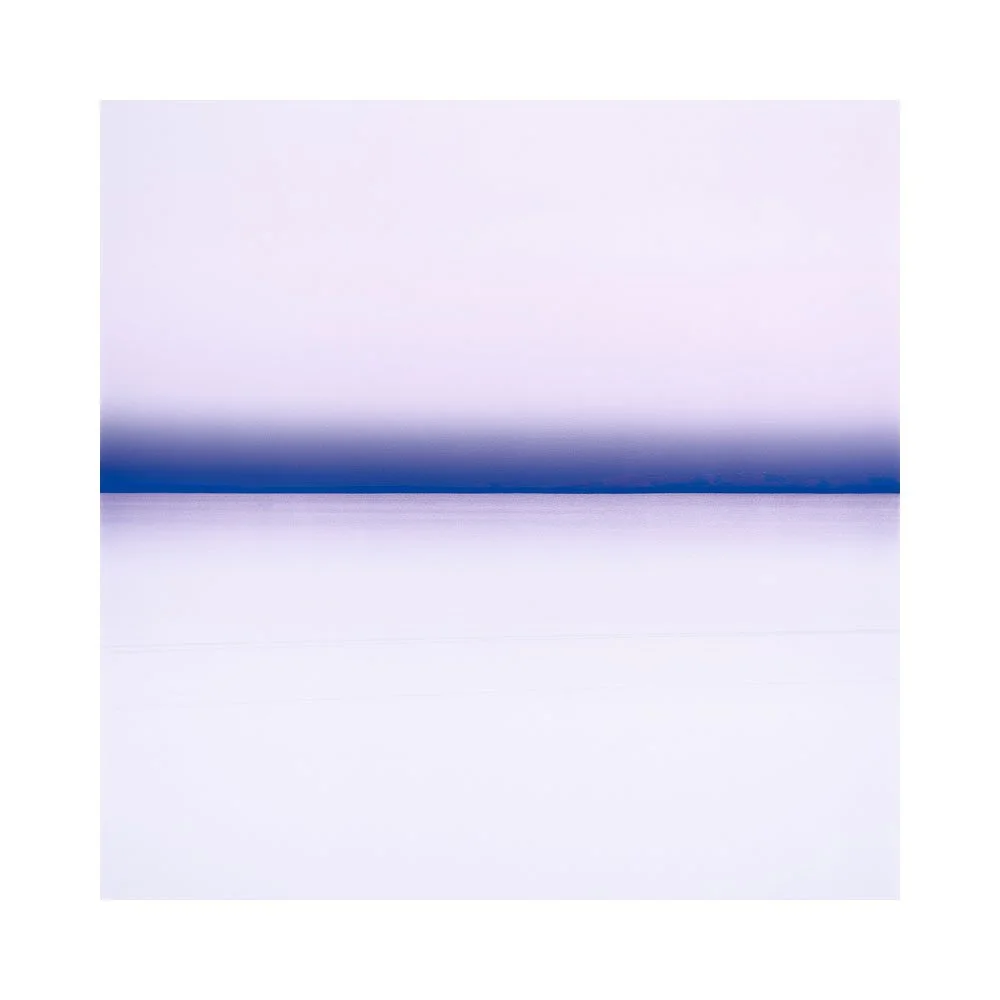As a dyed in the wool Scot, I grew up in wet cloudy weather. It is part of who I am. I think it is also why I tend to gravitate to landscapes which offer similar weather to that of the Scottish highlands. I’m just most comfortable in overcast locations where rain is a predominant feature.
A few days ago I encouraged you to go out in bad weather. Because I have found over the years that working in inclement conditions offers soft light and atmosphere due to the constantly changing light.
But I have had to learn that there are many different kinds of ‘good light’. The first few times I went to the Bolivian altiplano I encountered a cloudless place that was full of colourful beautiful light.
It was a revelation at the time for me that a place that on the surface ‘had no atmosphere’, no diffused far away hills, no changing light scattering across the landscape, could be so enticing.
The landscape was dry, and the air was empty of any particles to cause diffusion and ambience in the scene. Well, at least that is how it appeared to me at the time because I was used to working in inclement conditions.
But I have found over the years of repeated visits to Bolivia and also the Puna de Atacama that these landscapes offer a blank template with which to draw my own atmospheres upon them during my editing. I have learned that graduating luminance across skies and lakes can impart a sense of 3D. When we use graduations - particularly subtle ones that most viewers won’t be consciously aware of, we can impart a sense of ‘glow’ into the work. We imply atmosphere when we go about using graduations carefully in our editing.
I now prefer to go to ‘blank’ places. Although I personally don’t like the phrase ‘negative space’, I like places that have lots of emptiness in them. They give me the space in which to impart a sense of 3D feel to the work in the edit.
















